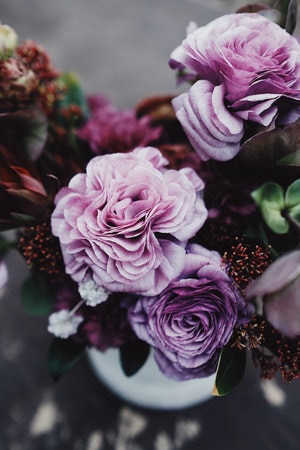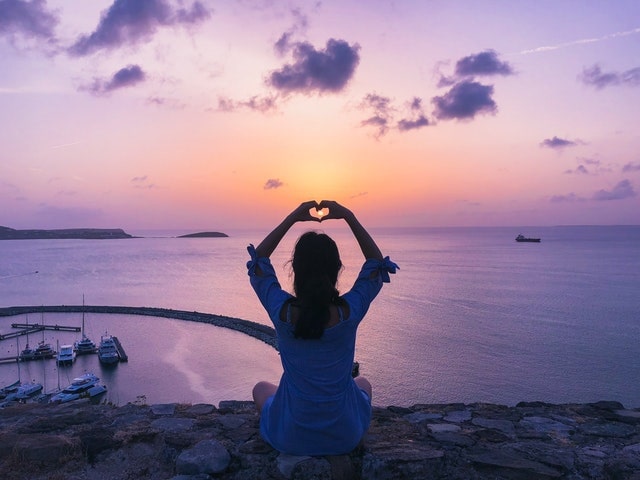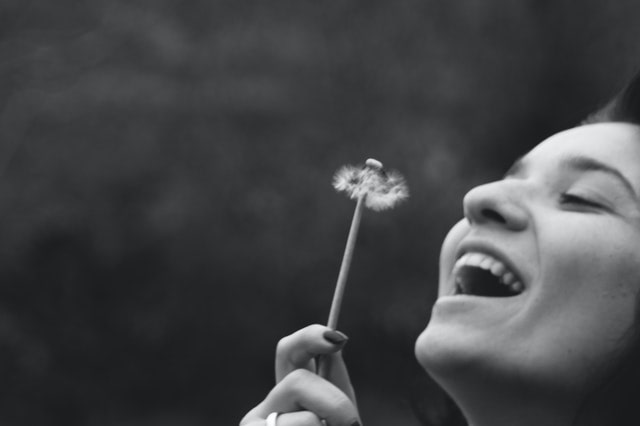Have you ever wondered if the yoga we do today is the same as the yoga that was started thousands of years ago?
Are we aware of what we practice every day and do we know where it came from?
Well, what is yoga?
Yoga is a centuries-old guide to healthy living developed by ancient Indian sages.
With its unique blend of exercises, philosophy, and psychological insight, it can help us bring our body, mind, and spirit into a better balance.
Yoga takes a holistic approach to life, enabling you to experience complete equilibrium inside and out.
For centuries, yoga was open only for people who were ready to search for a teacher in India, and traditionally it only appealed to those willing to forgo the life of a “householder” meaning that they had to renounce the world and live in seclusion.
Yoga is a science perfected by the ancient seers of India, not of India merely, but humanity as a whole. It is an exact science. It is a perfect, practical system of self-culture
Swami Sivananda
Despite more than a century of research, the origin of “Yoga” is not exactly known.
The development of yoga can be traced back to over 5,000 years ago.
Some researchers think that yoga may be up to 10,000 years old.
However, there are pieces that have been connected and allow us to make some conclusions. Evidence of yoga is found in the oldest-existing text, Rig-Veda.
Yoga’s rich history can be divided into four main periods of innovation, practice, and development.

Read: 10 things everyone should know about yoga
Table of Contents
Yoga in the past
Vedic Yoga
The yogic teachings found in the Rig-Veda and other three ancient hymnodies are known as Vedic Yoga.
Pre-classical Yoga
This category covers an extensive period of approximately 2,000 years until the second century A.D. Pre-classical Yoga comes in various forms and guises.
It also comprises the many schools whose teachings can be found in India’s two great national epics, the Ramayana and the Mahabharata.
Classical Yoga
This label applies to the eightfold yoga — also known as Raja-Yoga — taught by Patanjali in his Yoga-Sutra.
The word sutra (which is related to Latin suture) literally means “thread”. Here it conveys a thread of memory, an aid to memorization for students eager to retain Patanjali’s knowledge and wisdom.
Post-Classical Yoga
This is a very comprehensive category, which refers to all schools of yoga that have sprung up a few centuries after Patanjali.
Yoga masters rejected the teachings of the ancient Vedas and embraced the physical body as the means to achieve enlightenment.
Modern Yoga
Modern yoga came to the attention of an educated western public in the mid-19th century along with other topics of Indian philosophy.
Its history began with the Parliament of Religions held in Chicago in 1893.
Modern yoga arrived in the United States during the 1800s. Swami Vivekananda, a disciple of Saint Ramakrishna, captured millions of hearts in the United States and attracted many students to Yoga and Vedanta.
It was then that the west started to go yoga crazy.
Read: The mistakes that beginners in yoga make
Modern Yoga is based on 5 basic principles:
— Proper relaxation — Proper exercise — Proper breathing — Proper diet — Positive thinking and meditation
The yoga we do today is based on these 5 principals.
Although it is a simpler, more condensed version of the yoga that was done in the past, it still remains perfectly effective and still yields extensive results.
However it important that we know that there is still much deeper than we can go into yoga and in future posts I would love to delve deeper into yoga and its history so that we can learn more than we didn’t know.
Read: Yoga for stress reduction

So the yoga that we practice today is not actually the yoga that started 5,000 years ago, it is just a fraction of it.
There is still so much we have to learn. To learn more make sure that you subscribe!
If you would like to enjoy a calming read, then read my poetry book.
Thank you for taking your time and reading this article.
If you have any suggestions, then comment down below!
I hope that you have learned something today 🙂





